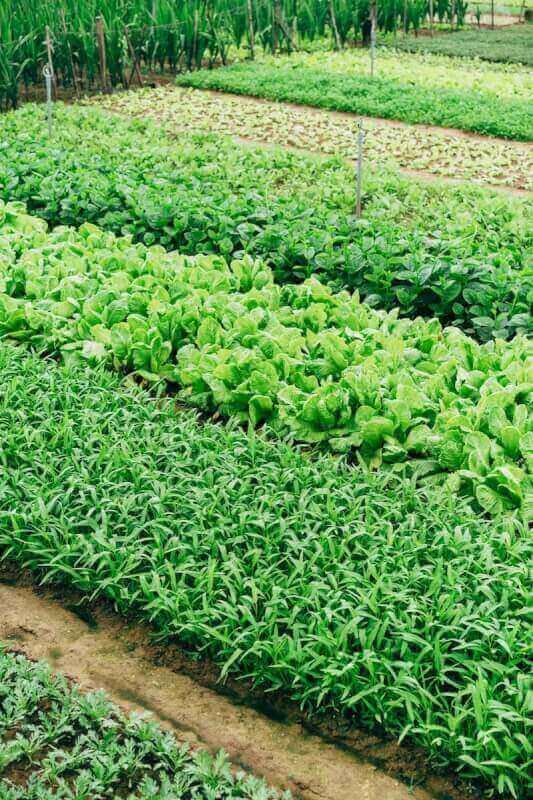This week’s edition of The Green Thumb Gazette brings to light the joys and techniques of vegetable gardening. Whether you have a spacious backyard or a small plot, growing your own vegetables can be a fulfilling and delicious endeavor. Let’s explore the key tips to help you cultivate a flourishing vegetable garden.
1. Soil Preparation: The Foundation of Your Garden
- Testing Soil: Start by testing your soil’s pH and nutrient levels. Vegetables typically thrive in a pH range of 6.0 to 7.0. Adjust your soil accordingly with lime or sulfur if needed.
- Enriching Soil: Add compost or well-rotted manure to enrich the soil with essential nutrients.
- Proper Drainage: Ensure good drainage. Raised beds can be an excellent solution for areas with poor drainage.
2. Choosing the Right Vegetables
- Climate Consideration: Select vegetables that are suitable for your local climate. Local gardening centers can provide guidance on the best varieties for your region.
- Seasonal Planting: Understand the difference between cool-season and warm-season vegetables and plant accordingly.
- Space Management: Be mindful of the space each plant needs to grow. Consider vertical gardening for vining vegetables like cucumbers and beans.
3. Planting Techniques
- Seed vs. Seedlings: Decide whether to start from seeds or seedlings. Seedlings offer a head start, especially in shorter growing seasons.
- Spacing: Follow recommended spacing guidelines to avoid overcrowding, which can lead to pests and diseases.
4. Watering Wisely
- Consistent Moisture: Vegetables need consistent moisture. Implement a regular watering schedule, especially important during dry spells.
- Mulching: Use mulch to retain soil moisture and regulate temperature.
5. Pest and Disease Control
- Natural Methods: Use organic pest control methods like companion planting, natural predators, and barriers.
- Regular Monitoring: Inspect your plants regularly for signs of pests or diseases. Early detection is key to control.
6. Harvesting Your Bounty
- Timely Harvest: Harvest vegetables when they’re ripe. Regular harvesting often encourages more production.
- Proper Techniques: Use the right technique for each vegetable to avoid damaging the plant.
7. Crop Rotation
- Rotate your crops each year to prevent soil depletion and reduce the risk of soil-borne diseases.
8. Continuous Learning
- Keep a gardening journal. Note what works and what doesn’t, and plan for future improvements.
Vegetable gardening is a rewarding journey, full of learning and satisfaction. As you nurture your garden, you’ll not only grow fresh, healthy produce but also gain a deeper connection with nature.
Looking forward to sharing more gardening wisdom in our next issue. Happy vegetable gardening!

